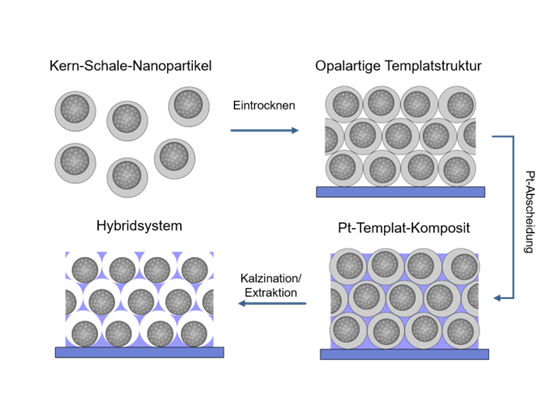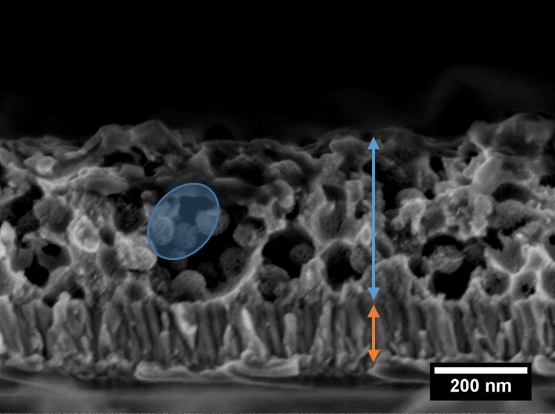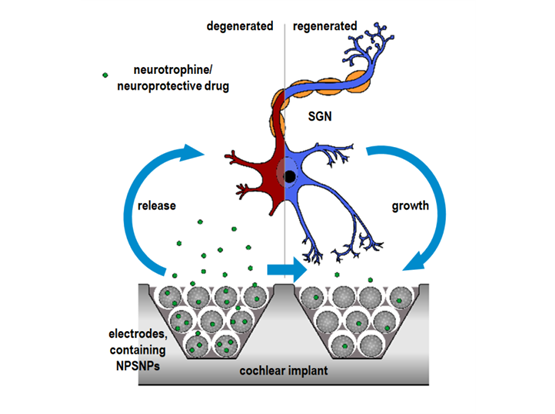INCORPORATION OF NANOPOROUS SILICANOPARTICLES INTO POROUS PLATINUM COATINGS FOR USE IN MEDICAL ELECTRODES
Abstract
The invention concerns a controlled local drug release via neuronal electrodes, e.g. for cochlear implants.background
There are considerable efforts to release drugs from neuronal implants using different methods. So far, no sustainable and universal concept has been found. Platinum is suitable as an electrode material because of its good electrochemical properties and because it is organicinert. It can also be produced in porous form and could store and release active substances in this form. Due to chemical inertness, however, it is only possible to a limited extent to apply chemical surface modifications to a platinum surface in order to couple active substances and control their release. Nanoporous silica nanoparticles have proven to be a suitable drug release system and are currently undergoing clinical trials. However, silica is an electrically insulating material and therefore not suitable as an electrode material.
Innovation / Solution
The invention is based on the production of a hybrid system from electrochemically deposited platinum, which contains nanoporous silicon nanoparticles in the pores and thus combines the good electrochemical properties of platinum with the good release properties of nanoporous silicon nanoparticles. According to the invention, the production is carried out using core-shell particles with a nanoporous silica core and a polystyrene shell. The core-shell particles are used as templates for the deposition of porous metal films (e.g. platinum), with the core remaining in the porous metal layer after removal of the (polystyrene) shell by calcination or extraction. Due to their high specific surface area, the nanoporous silica nanoparticles can store large quantities of drugs and thus act as a long-term drug depot.Benefits
fields of application
The invention is to be applied to the release of drugs and other bioactive substances via neuronal and medical electrodes.You can close this window. You can find your search results in the previous window







